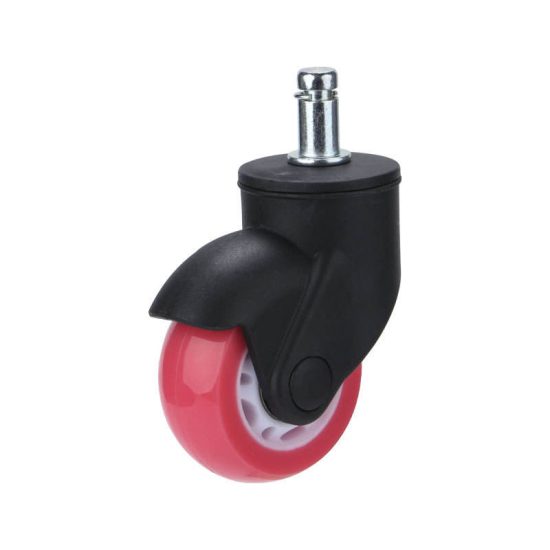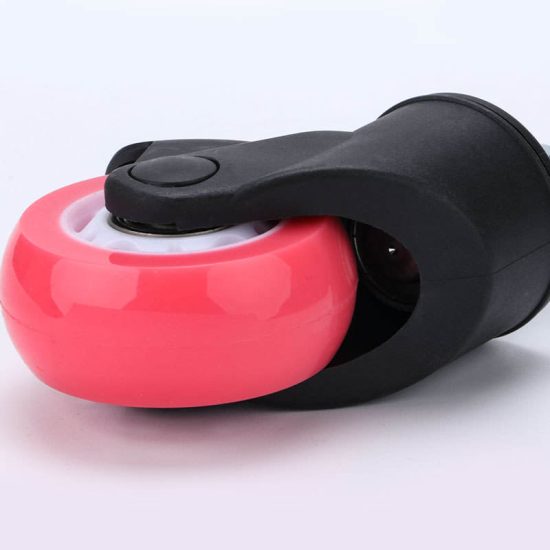Mastering mobility caster basics is essential for making informed decisions when selecting casters for various applications. Here are some fundamental concepts and key considerations to help you understand caster mobility:
- Types of Casters:
- There are various types of casters, including swivel casters, rigid casters, and locking casters.
- Swivel casters can rotate 360 degrees, allowing for easy maneuverability in any direction.
- Rigid casters move in a straight line and do not swivel. They are useful for maintaining a fixed direction.
- Weight Capacity:
- One of the most critical considerations is the caster’s weight capacity, which refers to the maximum load it can support safely. Ensure that the chosen caster can handle your specific application’s weight requirements.
- Wheel Material:
- The choice of wheel material depends on the type of flooring and environmental conditions.
- Common wheel materials include rubber, polyurethane, nylon, metal, and more.
- Rubber wheels are suitable for indoor use on hard floors, providing good traction.
- Polyurethane wheels are versatile and durable, working well on various floor types.
- Nylon wheels are resistant to chemicals and ideal for industrial settings.
- Metal wheels are heavy-duty and durable, best for rough surfaces but can be noisy and floor-damaging.
- Wheel Diameter:
- The size of the wheel affects mobility and weight distribution.
- Larger wheels roll more easily over obstacles and uneven surfaces, making them suitable for rough terrains.
- Mounting Type:
- Casters can be mounted using different methods, such as plate casters, stem casters, and threaded stem casters. Choose the appropriate mounting type based on your application’s requirements.
- Brakes:
- Casters can have brakes for added stability and safety. Different types of brakes include wheel brakes and total lock brakes.
- Wheel brakes immobilize the wheel, while total lock brakes also prevent swiveling.
- Environmental Considerations:
- Evaluate the application’s environment, including factors like moisture, chemicals, extreme temperatures, and cleanliness.
- Choose casters designed to withstand the specific conditions they will be exposed to.
- Caster Quality and Durability:
- Invest in high-quality casters that are built to last and require minimal maintenance. Well-made casters are less likely to fail and provide reliable mobility.
- Combination of Casters:
- In some applications, using a combination of swivel and rigid casters can provide the right balance of mobility and stability. For example, carts often have two swivel casters and two rigid casters.
- Budget and Cost Considerations:
- While budget is a factor, prioritize quality and suitability for your application. Choosing the cheapest option may lead to problems in the long run.
- Consult with Experts:
- If you’re unsure about which casters to choose, consult with a caster specialist or supplier who can provide recommendations based on your specific needs.
Mastering the basics of casters involves understanding the specific requirements of your application, the mobility options available, and the characteristics of different caster materials. By taking these factors into account, you can select the right casters to improve mobility and functionality for your equipment or furniture.


